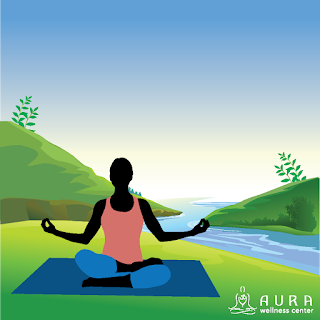- Don't
force it. When you're new to meditation,
it can be very hard to sit still and focus for any length of time. That's
why it's important to give yourself an attainable goal. For example, start
out with two minutes of meditation daily for a week. Then gradually add
time to your meditation practice by five-minute increments. Before you
know it, you'll be meditating like a pro because you've allowed space in
your schedule and your heart for mindfulness.
- Make
it the very first thing you do when you get out of bed. By
making it part of your daily routine, you're sending a signal to your brain
telling it that your practice matters. You're then able to focus on
meditating without rambling thoughts filling your brain. You know that
just as soon as you're done spending time on your meditation cushion,
you'll be ready to start your day's To Do List. No matter what else
happens throughout the day, you'll have taken some much-needed time for
yourself.
- See
your thoughts as fleeting and your feelings as temporary. Treat
what you're thinking and how your feeling as it comes up. Understand that
you don't have to respond to them in the moment. Instead, accept that
you've had these thoughts or feelings. Explore why they've come up during
your meditation practice. Write down a few solutions to every issue that
you're facing. This forces you to be proactive instead of reactive. You'll
then be able to focus on meditating knowing that you have the option to
problem solve after you're done with your meditation session.
To see our selection of Yoga teacher training courses, please visit the following link.
https://aurawellnesscenter.com/store/
Click here too see our online Yoga Nidra teacher training course.
Are you an experienced teacher looking for YACEP credits or continuing education?
Subscribe to Our Newsletter for Special Discounts and New Products
Related Resources
52 Essential Principles of Yoga Philosophy to Deepen your Practice
by Rina Jakubowicz.
A Relaxing Way to De-stress, Re-energize, and Find Balance
by: Gail Boorstein Grossman.
YOGA: THE PATH TO HOLISTIC HEALTH
by B.K.S. Iyengar
TEACHING YOGA: Essential Foundations and Techniques
By Mark Stephens
Please feel free to share our posts with your friends, colleagues, and favorite social media networks.





